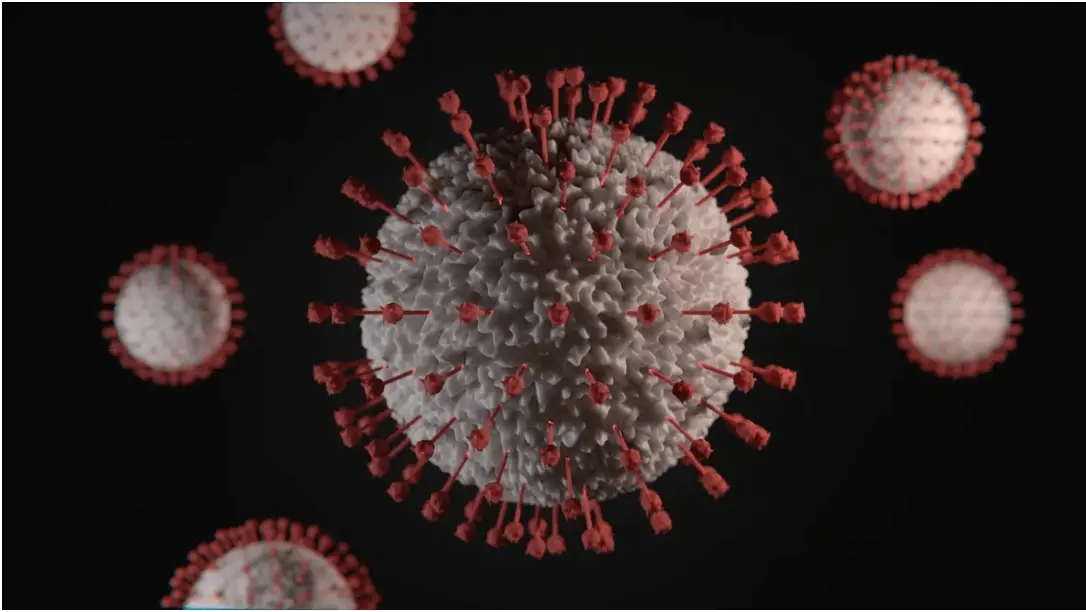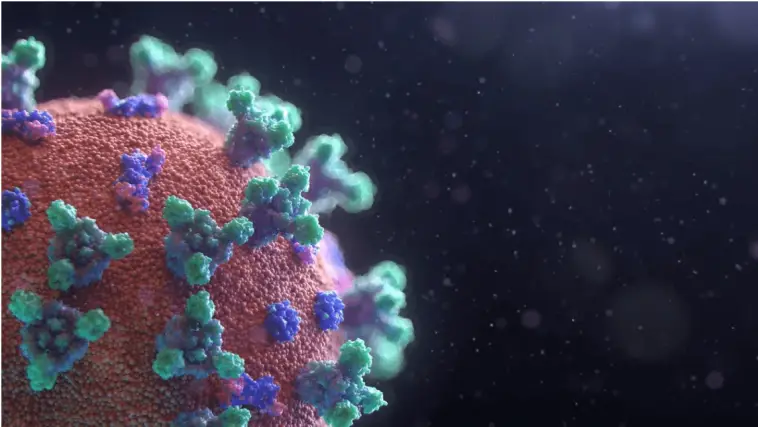Viruses most commonly spread through person to person contact via aerosol and small droplets that get ejected when a person speaks, coughs, breathes, or sneezes. An additional way in which the virus can also be transmitted is when people touch their faces after being in contact with a contaminated surface. Luckily for us, there are ways to prevent the spread of viruses that have been studied for a long time. One of the most promising ones is the use of UV technology. Here’s how it works.
What is UV light?
UV light stands for ultraviolet light, and it’s a specific part of the electromagnetic radiation spectrum. This spectrum consists of all known electromagnetic radiation (light), including radio waves, visible light (VIS), and X-rays. The electromagnetic spectrum is measured in nanometers, which are a millionth part of a millimeter, and all of the types of light have a specific nanometer range within the spectrum. Ultraviolet light spans from about 100 to 400 nanometers, which is just before the visible light, making it invisible to humans. (Obviously.) UV light is furthermore divided into UV-A, UV-B, and UV-C light. The most important portion is by far the UV-C light because it is most effective for killing pathogens. Most of the UV light sources, which are specifically designed for disinfection, emit radiation within the UV-C range, or in some other cases, they use a wider spectrum of light but always with UV-C in it.
How Does UV Light Kill Viruses?
As we’ve mentioned before, the UV-C part of the ultraviolet radiation is the most effective in killing viruses. The reason behind this is that UV photons between around 200 nm and 300 nm are very efficiently absorbed by the nucleic acids that are, as we very well know, the building blocks of DNA and RNA molecules. The UV-C part of the spectrum covers this range almost entirely, making it very effective to destroy the genetic composition of microorganisms such as viruses and bacteria.
In addition to this, the specific bonds between amino acids (peptide bonds) that hold the protein strands together absorb light at about 240 nm. Both nucleic acids (RNA and DNA) and the proteins are crucial biomolecules for any organism to survive because all of them are needed if an organism wants to maintain its normal biochemical function and to reproduce. When the UV-C light destroys the building block of the most important biomolecules, the microorganism at hand is no longer viable to either reproduce and live, which is crucial if the aim is to prevent their spread.

UV Technology at Work
UV technology is mostly used in laboratories that research microorganisms and in hospitals. Microbiology laboratories use UV light to sterilize the labware and to disinfect the surfaces they use to prevent the spread of the microorganism at hand.
On the other hand, hospitals are especially susceptible to the spread of viruses, as many patients who get a viral infection will eventually pay a visit to their assigned physician. Healthcare-associated infection (HAI) is one of the most dangerous ways a virus can spread because it can infect other patients who may be severely ill and put their life at risk. The experts from https://www.healthysole.com/how-it-works suggest that one way to stop the spread of viruses is through routine cleaning and disinfection of the healthcare environment. One other and most effective way is to have all the staff and patients to sanitize their shoes. This way people will ensure that they walk into the hospital knowing they have contributed to a healthy and safe workplace.
Is It Safe for Humans?
In an ideal world, UV-C can be placed instead of the street lights, and in many public places that are the main concert for the spread of viruses. It could be even used in every household because you would surely want to get rid of all the viruses that could pose a threat to you and your family.
While this may be ideal, the reality is somewhat different because as the UV frequency increases (and the wavelength decreases), the ability to penetrate the skin decreases. Unfortunately, UV light is not exclusive to destroying the biomolecules in pathogenic organisms such as viruses and bacteria; it does it to all of the cells. And because the nucleic acids and proteins are pretty much the same in all life, it can also damage the human skin cells. However, the UV-C region is safe for skin exposure at wavelengths below 225 nanometers, as the research on mice suggests.
UV technology has a long history of successfully killing viruses and preventing their spread. This technology is quickly developing, making a promise for safe everyday use.




